What’s in the Box
- Larkspur Flower Seeds
- Sowing instructions printed on backside of Seed Packet
- Recyclable Pouch
Introduction
Bring an air of elegance and charm to your garden with our premium Larkspur Flower Seeds! Known for their tall, graceful spikes and delicate blooms in shades of blue, pink, purple, and white, Larkspurs add a touch of sophistication to any outdoor space. These cottage-garden classics are perfect for borders, beds, and cut-flower arrangements, offering a dreamy, vertical accent to your floral displays.
Whether you’re a beginner or an experienced gardener, Larkspurs are a rewarding choice, producing abundant blossoms that attract bees, butterflies, and hummingbirds. Easy to cultivate in cool-season climates, these flowers bring a refreshing burst of color and natural beauty.
Elevate your garden’s charm with the romantic allure of Larkspur—sow today and enjoy a season filled with tall, graceful blooms!
Guide to the Germination Process, Soil & Fertilizer, Watering & Pest Control Requirements for Larkspur Flower Seeds
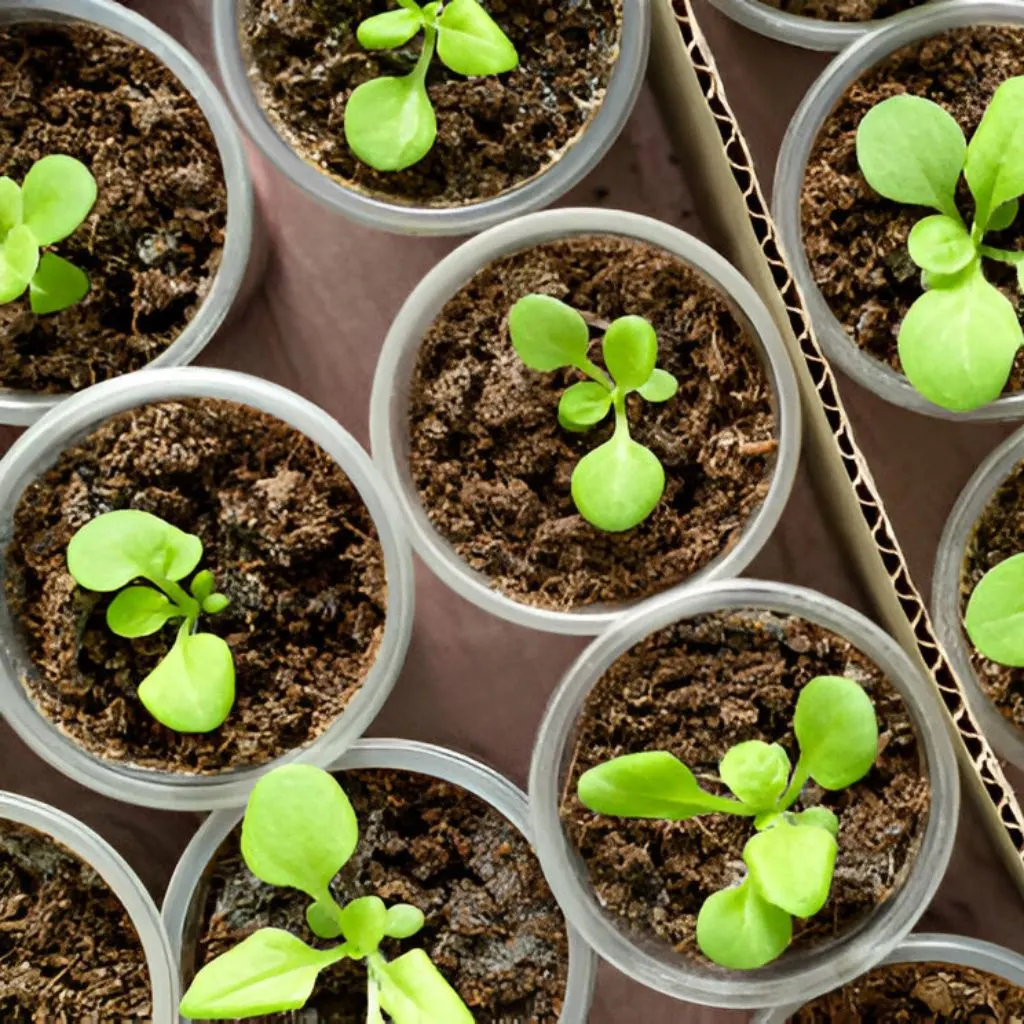
Seeds Germination Process
Seed Preparation: Larkspur seeds benefit from cold stratification. Place the seeds in a sealed plastic bag with moist sand or vermiculite and refrigerate for 1–2 weeks before sowing to improve germination.
Planting Medium: Use well-draining, fertile soil. A mix of garden soil, compost, and sand works well. Larkspurs dislike heavy clay or waterlogged soil.
Planting: Sow seeds directly in the garden or in pots. Scatter them evenly on the soil surface and lightly press them down. Do not bury deeply—just a thin covering of soil is enough.
Containers: If using pots or trays, ensure they have proper drainage holes to prevent excess moisture.
Watering: Keep soil moist but not soggy. Mist gently to avoid disturbing the seeds.
Temperature: Seeds germinate best at 13–18°C (55–65°F). Cooler conditions help, so avoid hot climates for sowing.
Light: Larkspur seeds need darkness to germinate—cover lightly with soil or a fine layer of compost.
Germination Time: Seeds generally sprout within 14–21 days, though some may take a bit longer.
Soil & Fertilizer Requirement
Loosen Soil: Prepare well-drained soil to a depth of at least 12 inches (30 cm). Work in compost or organic matter to improve fertility.
Balanced Fertilizer: Use a balanced all-purpose fertilizer (NPK 10:10:10 or 19:19:19) for healthy growth.
Organic Options: Well-rotted manure or compost provides long-lasting nutrients and improves soil structure.
Application: Fertilize once at planting and again every 4–6 weeks during the active growing season. Reduce fertilizer when the plant nears flowering.
Flowering: To encourage taller, stronger flower spikes, supplement with a bloom-boosting fertilizer high in phosphorus.
Avoid Over-Fertilizing: Too much nitrogen leads to weak stems and more leaves instead of blooms.


Watering Requirement
Frequency: Water regularly during germination and seedling stages to keep soil evenly moist. Once established, Larkspurs prefer moderate watering—about once or twice a week.
Watering Technique: Water at the base to keep foliage dry and reduce fungal disease risk. Deep watering is better than frequent shallow watering.
Soil Moisture: Allow the top inch of soil to dry slightly between waterings, but never let the soil completely dry out.
Adjustments: Increase watering during hot, dry weather and reduce during rainy periods.
Container Plants: Larkspurs in pots may dry faster than those in the ground—check soil often and water when the top layer feels dry.
Pest Control Requirement
Aphids: Can attack tender shoots and buds. Control with neem oil spray or insecticidal soap.
Slugs & Snails: These pests feed on young seedlings and leaves. Use organic slug pellets or copper barriers.
Leaf Miners: Cause visible trails on leaves. Remove affected leaves promptly.
Powdery Mildew & Rust: Common fungal issues in humid conditions. Improve air circulation, avoid overhead watering, and apply fungicides if necessary.
Root Rot: Caused by poorly draining soil. Ensure soil is well-drained to prevent this issue.
Regular Inspection: Check plants weekly to catch pests early and maintain healthy growth.


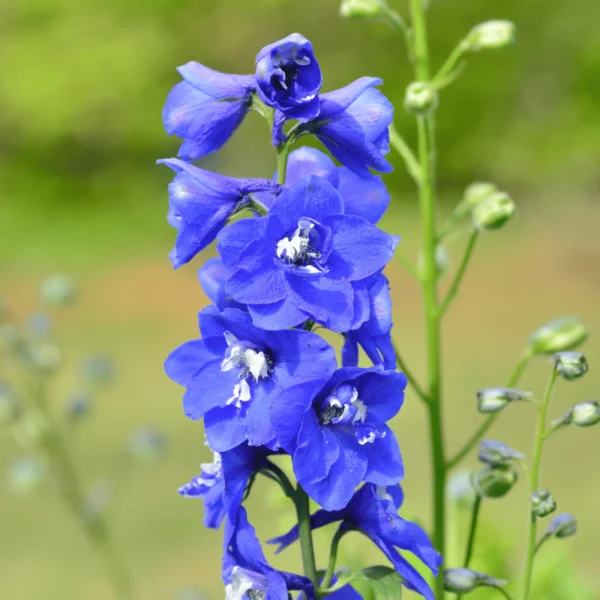
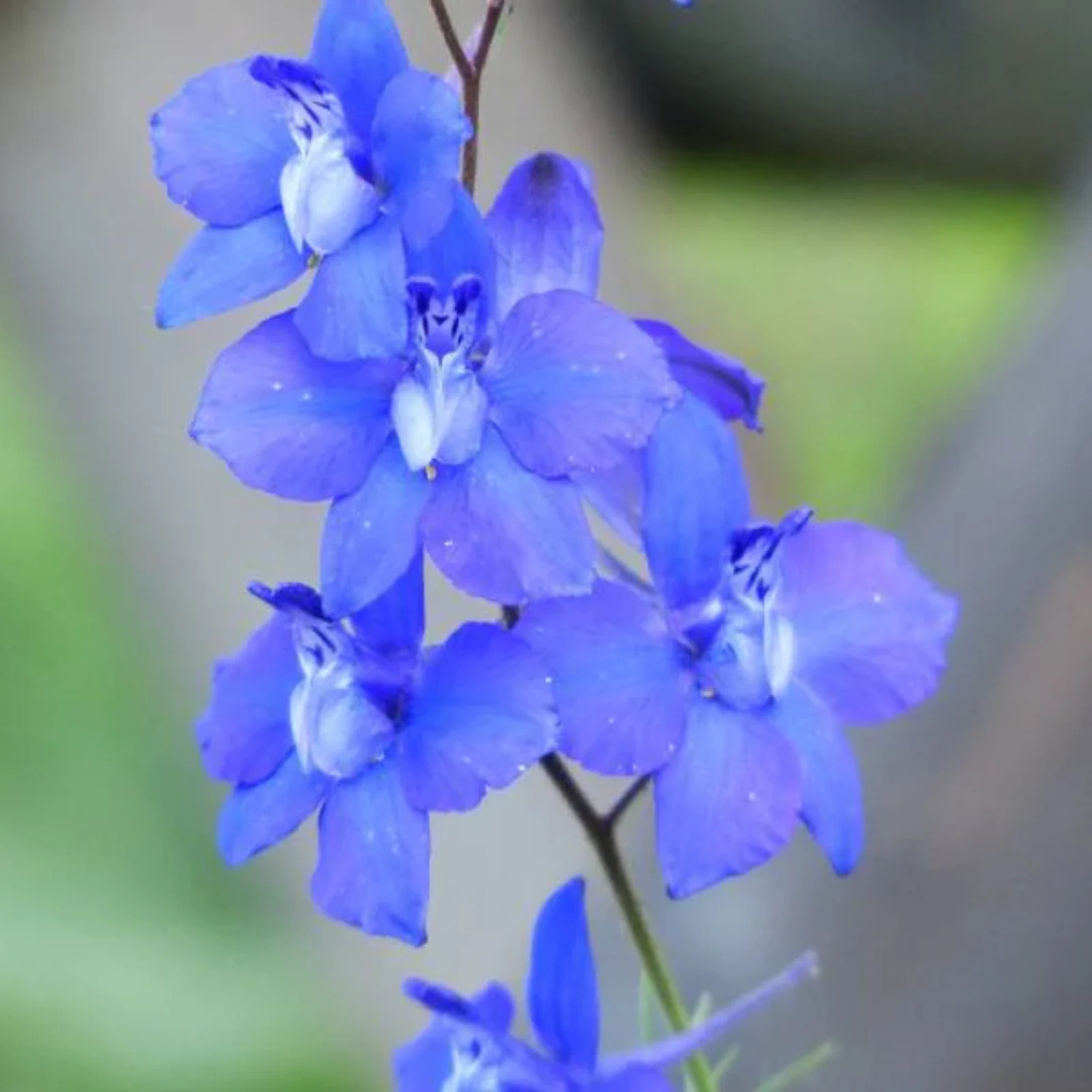
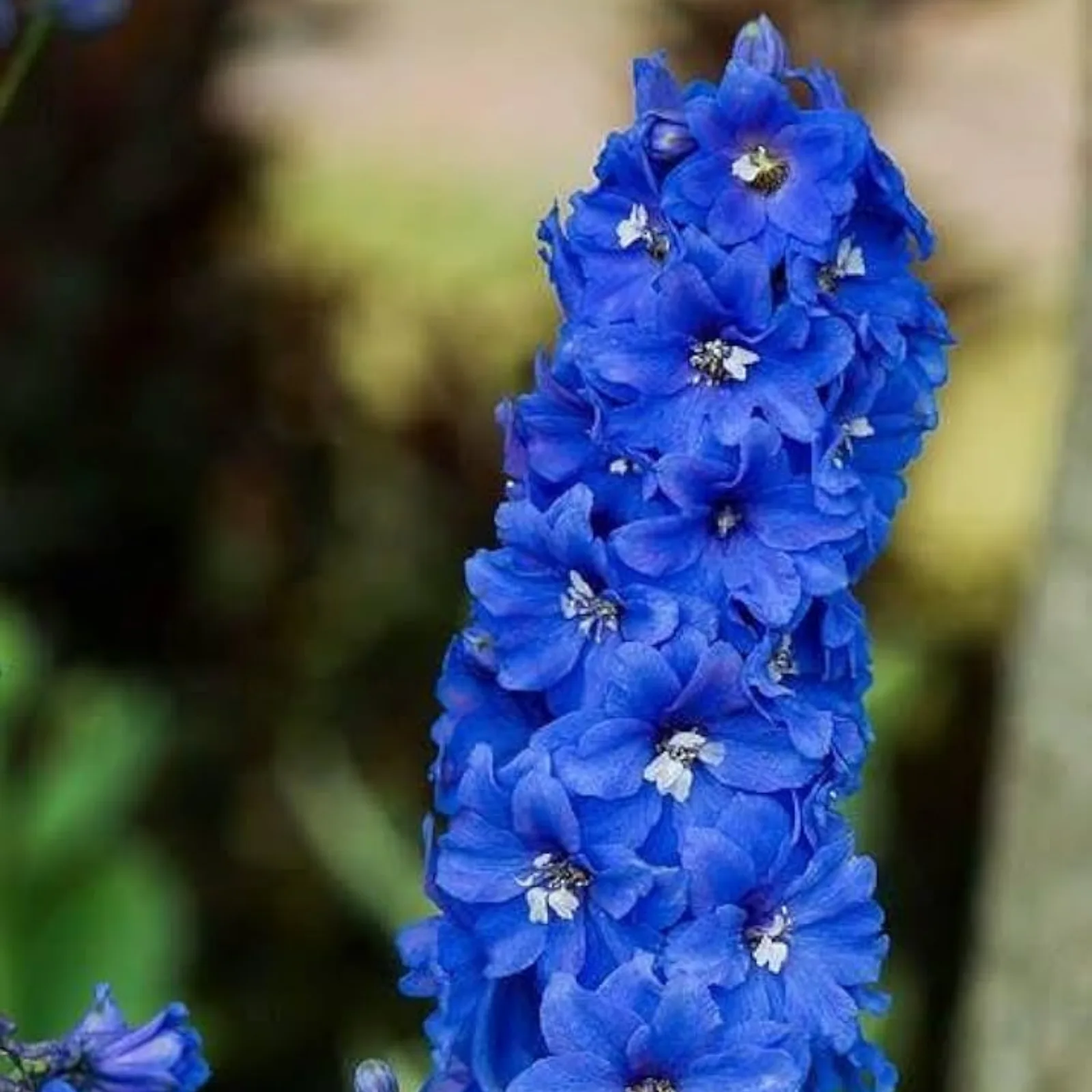
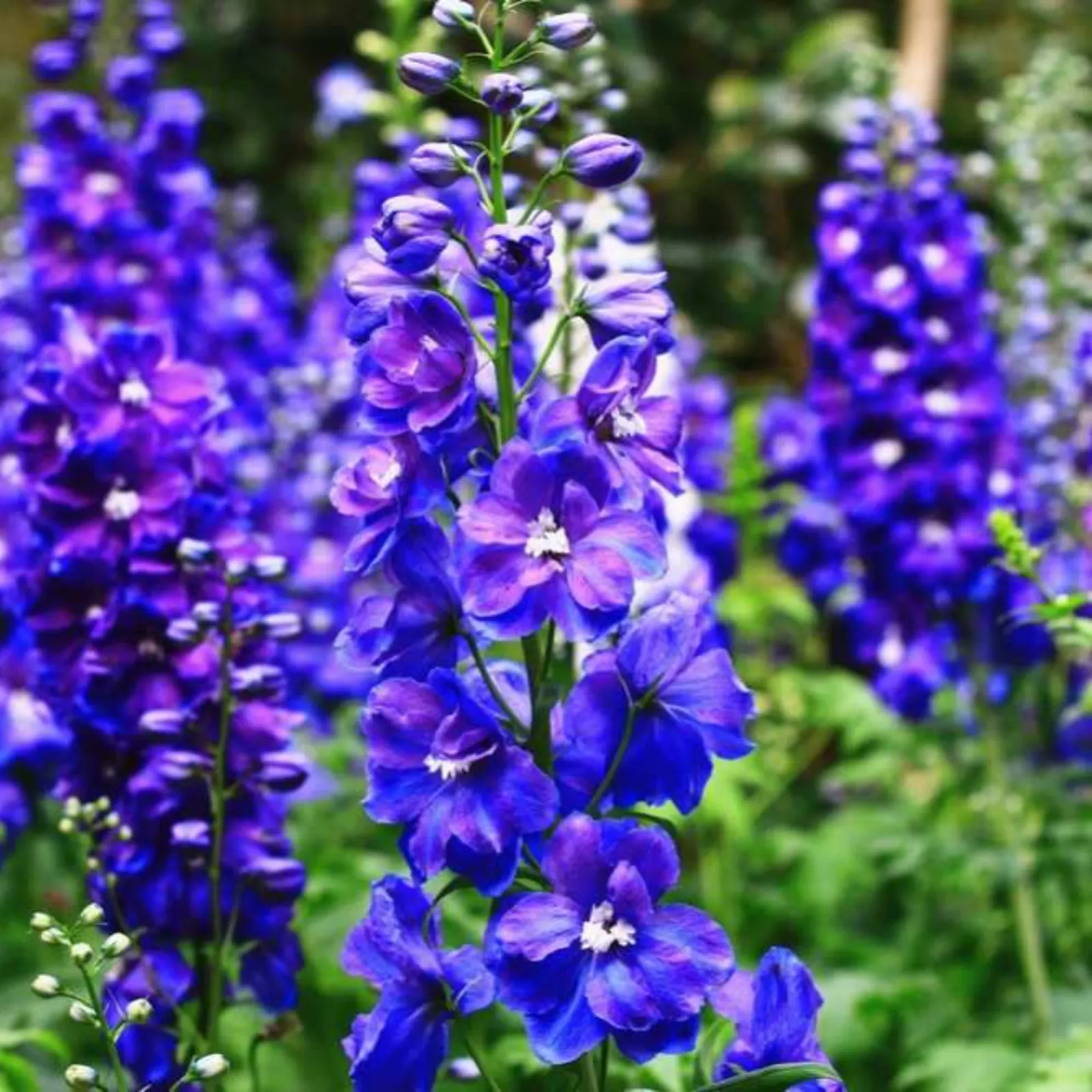
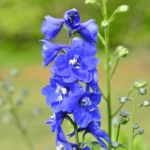
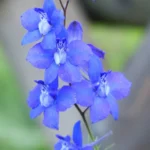
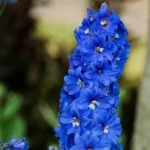
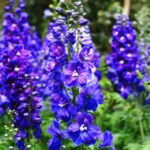
Reviews
There are no reviews yet